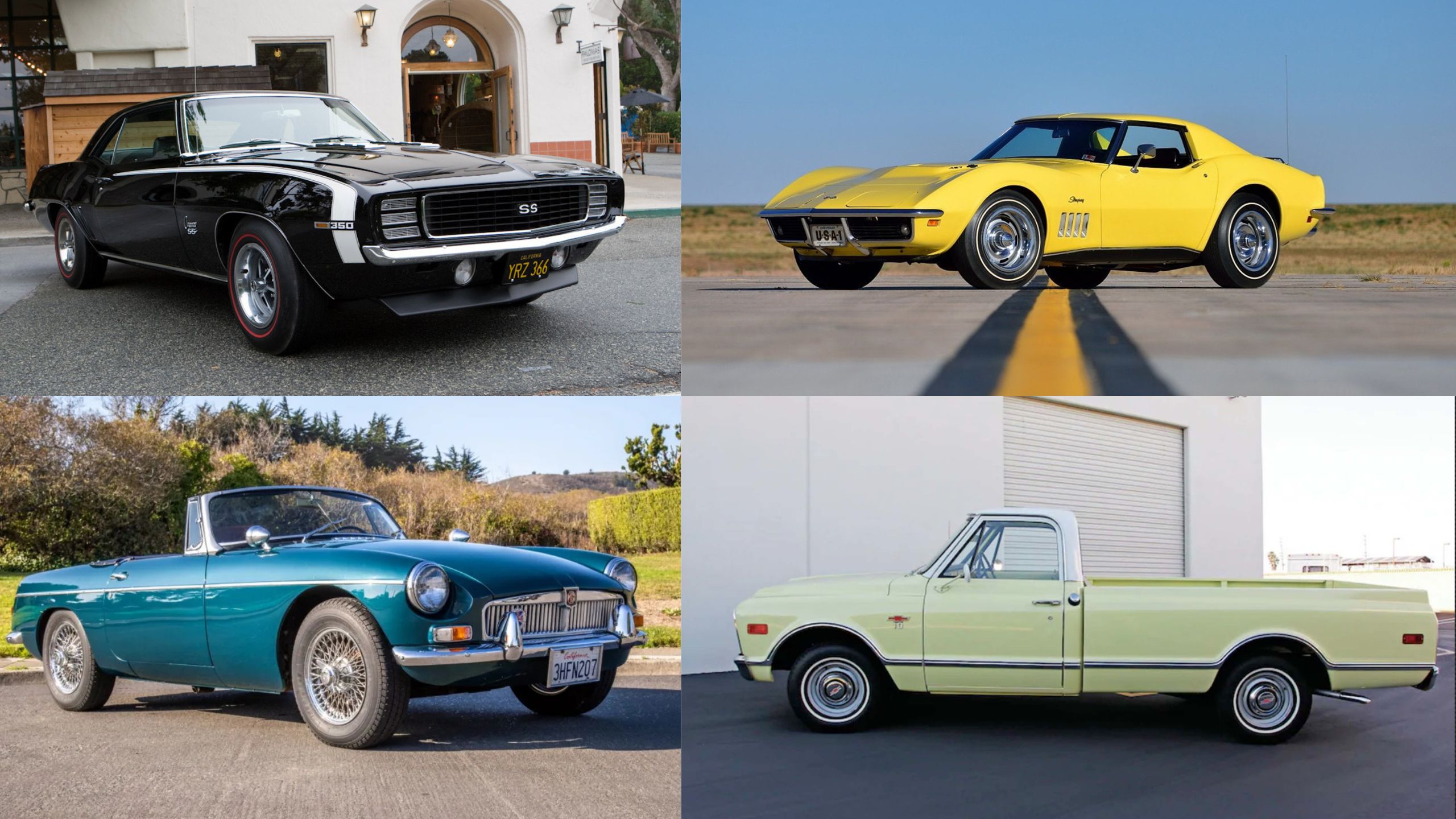The allure of classic car restoration lies in the blend of nostalgia, craftsmanship, and the satisfaction of breathing new life into automotive history.
DIY restoration projects have gained tremendous popularity as enthusiasts seek to connect with the golden era of automobiles through hands-on experience.
These passion projects allow hobbyists to preserve automotive heritage while creating something uniquely personal.
The classic car restoration attracts people from all walks of life from seasoned mechanics to newcomers with minimal experience but maximum enthusiasm.
What makes certain models particularly appealing for DIY restoration is a combination of factors: availability of parts, community support, relative mechanical simplicity, and the vehicle’s cultural significance.
Some cars have developed cult followings, with dedicated forums, clubs, and aftermarket suppliers making the restoration journey more accessible.
Whether you’re drawn to muscular American classics, elegant European sports cars, or quirky compact models, these twelve restoration favorites offer distinctive personalities and varying levels of challenge for the home restorer. Each represents not just a project, but a piece of automotive history worth preserving.
1. Ford Mustang (1964-1973)
The Ford Mustang stands as perhaps the most iconic American car ever produced, with the first-generation models (1964-1973) being particularly coveted by DIY restorers.
When introduced at the 1964 World’s Fair, the Mustang created an entirely new vehicle class the pony car, and sold over one million units in its first 18 months of production, a record that still stands today.
What makes the Mustang ideal for home restoration is the extraordinary aftermarket support it enjoys. Nearly every component from body panels to interior trim pieces is available now through specialized suppliers.
This parts availability eliminates one of the biggest headaches facing vintage car restorers: sourcing rare components. The Mustang’s modular design philosophy also plays in the DIY restorer’s favor, with many systems being straightforward to remove and replace without specialized tools.
Mechanically, early Mustangs feature relatively simple construction. The inline-six or V8 engines are accessible, with generous engine bay space allowing easy reach to components.
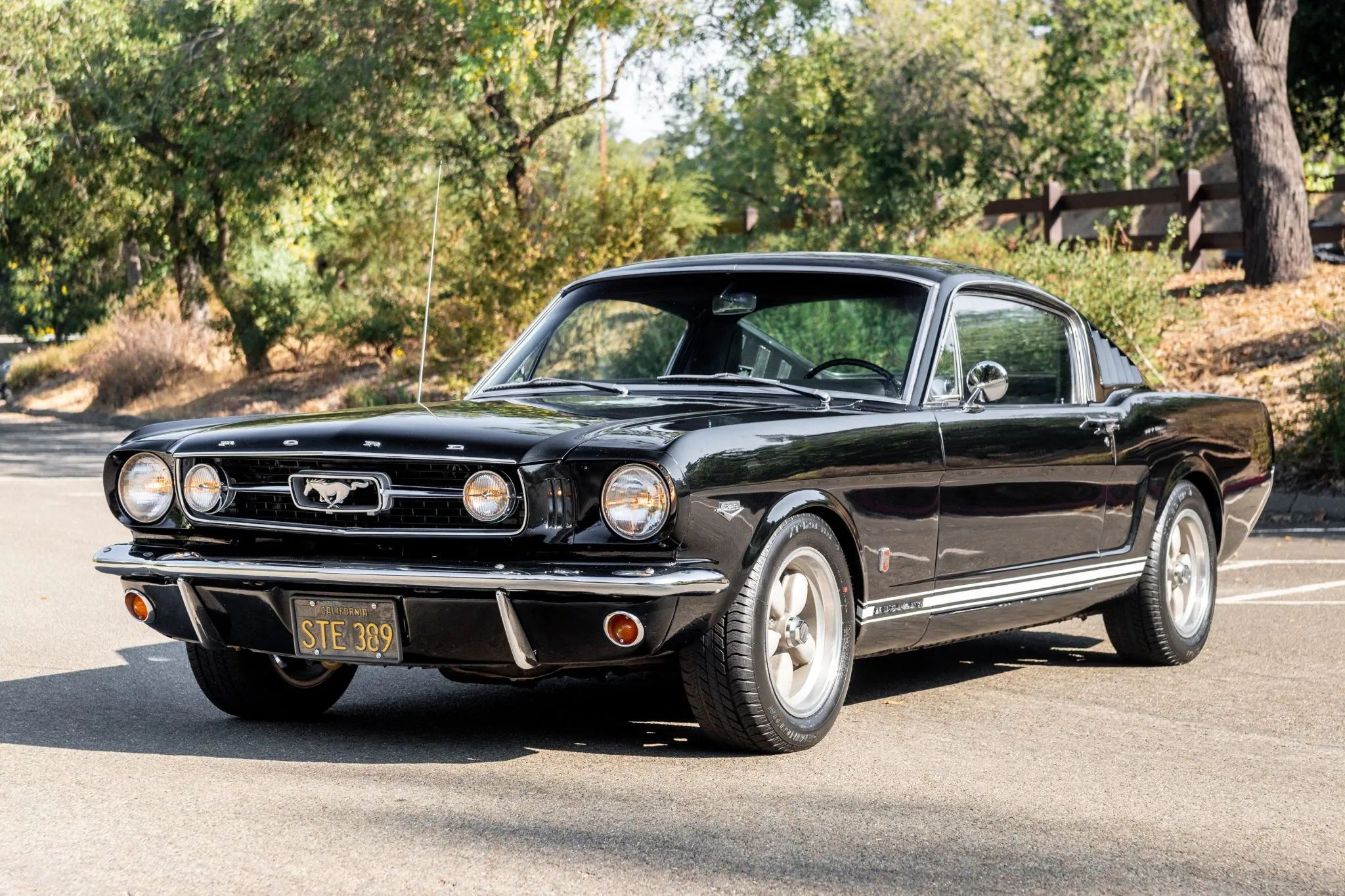
The car’s front-engine, rear-wheel-drive layout follows conventional engineering principles that remain intuitive even for those with limited automotive experience.
The restoration community surrounding these cars is extraordinarily robust, with countless forums, clubs, and YouTube channels dedicated to every aspect of Mustang rebuilding.
This support network provides invaluable troubleshooting assistance and step-by-step guidance for novice restorers. Documenting your Mustang restoration might even attract a following of its own, as these cars command an emotional connection that transcends mere transportation.
Price points for project-grade first-generation Mustangs remain relatively accessible, particularly for six-cylinder models and hardtops, though the special editions like Shelby variants command premium prices even in poor condition.
This accessibility allows hobbyists to start with a modest investment and build equity through their labor and craftsmanship.
2. Chevrolet Camaro (1967-1969)
The first-generation Chevrolet Camaro was GM’s answer to the wildly successful Ford Mustang, entering the market in 1967 with aggressive styling and impressive performance options.
The 1967-1969 models, with their clean lines, hidden headlights (on RS packages), and muscular stance, represent Detroit’s golden era of performance and remain highly desirable among collectors and enthusiasts alike.
What makes the early Camaro particularly suitable for DIY restoration is the combination of straightforward engineering and exceptional parts availability. The car’s front-engine, rear-wheel-drive architecture follows classical automotive design principles, without complex electronic systems that might intimidate novice restorers.
The Camaro’s body-on-frame construction allows for relatively easy disassembly, making comprehensive restorations more manageable in home garage settings.
Mechanically, these Camaros came equipped with a range of inline-six and V8 engine options, all of which are well-documented and supported by both OEM reproduction and performance aftermarket parts.
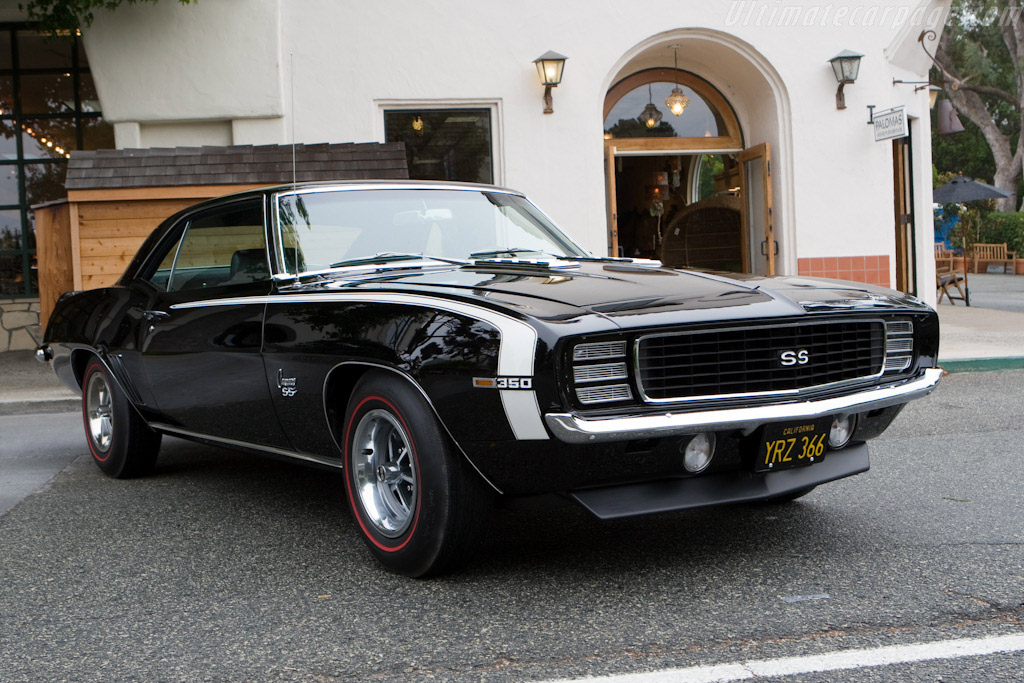
The prevalence of interchangeable components within GM’s product lineup means that many mechanical parts can be sourced from various vehicles, expanding options for restorers working with budget constraints.
The restoration market for first-generation Camaros has matured significantly, with virtually every component available new from multiple suppliers. From complete reproduction body panels to the smallest trim clips, the availability of quality parts eliminates many of the supply challenges typically associated with classic car projects.
This robust parts ecosystem allows restorers to decide exactly how original or modified they want their finished vehicle to be.
The Camaro also benefits from an exceptionally strong community of enthusiasts, with dedicated forums, clubs, and publications offering technical guidance and moral support through the inevitable challenges of restoration.
This community knowledge base has been refined over decades, providing solutions to nearly every problem a restorer might encounter.
3. Volkswagen Beetle (1950-1979)
The Volkswagen Beetle represents perhaps the most accessible entry point into classic car restoration, combining mechanical simplicity with unmatched parts availability and global community support.
Produced with minimal changes from the 1950s through the 1970s (and beyond in some markets), the Beetle’s air-cooled, rear-engine design eliminated many common failure points found in other classics, such as radiators, water pumps, and complex cooling systems.
The genius of Ferdinand Porsche’s original design lies in its simplicity and serviceability. The entire engine can be removed with just a handful of tools in under an hour, making major repairs possible without specialized equipment.
The Beetle’s air-cooled flat-four engine operates with fundamentally simple principles no water cooling system to maintain, no timing belt to replace, and a straightforward carburetion system that remains approachable even for mechanical novices.
Parts availability for the Beetle is nothing short of extraordinary. From complete body shells to the tiniest clips and fasteners, virtually every component remains in production through specialized suppliers worldwide.
This robust supply chain means restorers rarely face the parts-hunting challenges common with other classics. Interchangeability between model years further enhances this advantage, with many components remaining identical across decades of production.
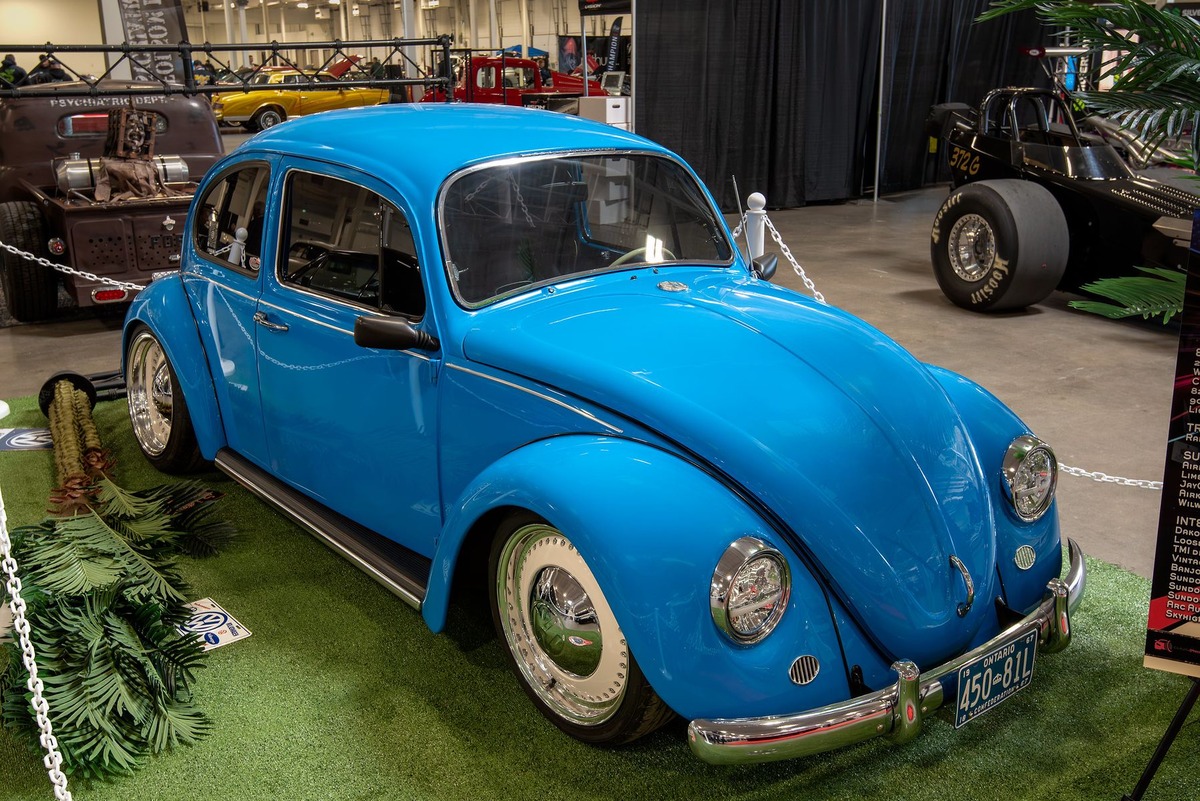
The global Beetle community represents one of the most passionate and helpful automotive cultures in existence. Comprehensive restoration manuals, online forums, and regional clubs provide unparalleled support for first-time restorers.
The car’s cultural significance from its controversial origins to its counterculture adoption in the 1960s and 70s adds historical depth to any restoration project.
Financially, the Beetle makes sense as a restoration candidate due to its relatively stable market value and the efficiency with which repairs can be completed.
While certain rare variants command premium prices, standard Beetles remain affordable entry points into classic car ownership.
The car’s mechanical durability means that even badly neglected examples often require less intensive restoration than comparable classics of the same era.
4. Chevrolet Corvette C3 (1968-1982)
The third-generation Corvette (C3) represents American automotive styling at its most dramatic, with its swooping fender lines, long hood, and aggressive stance making it an instant classic when introduced in 1968.
Inspired by the Mako Shark II concept car, the C3 Corvette enjoyed the longest production run of any Corvette generation, spanning from 1968 through 1982, offering DIY restorers various entry points depending on budget and performance preferences.
What makes the C3 particularly appealing for home restoration is its fiberglass body construction. Unlike metal-bodied cars that often require specialized welding equipment and skills to repair rust damage, fiberglass can be repaired with relatively accessible materials and techniques.
This construction method allows restorers with modest workshops to tackle body repairs that would be prohibitively complex on conventional steel-bodied classics. The non-structural nature of the body also means that cosmetic issues rarely compromise the vehicle’s fundamental integrity.
Mechanically, early C3 Corvettes feature Chevrolet’s legendary small-block and big-block V8 engines, which enjoy perhaps the most comprehensive aftermarket support of any American powerplant.
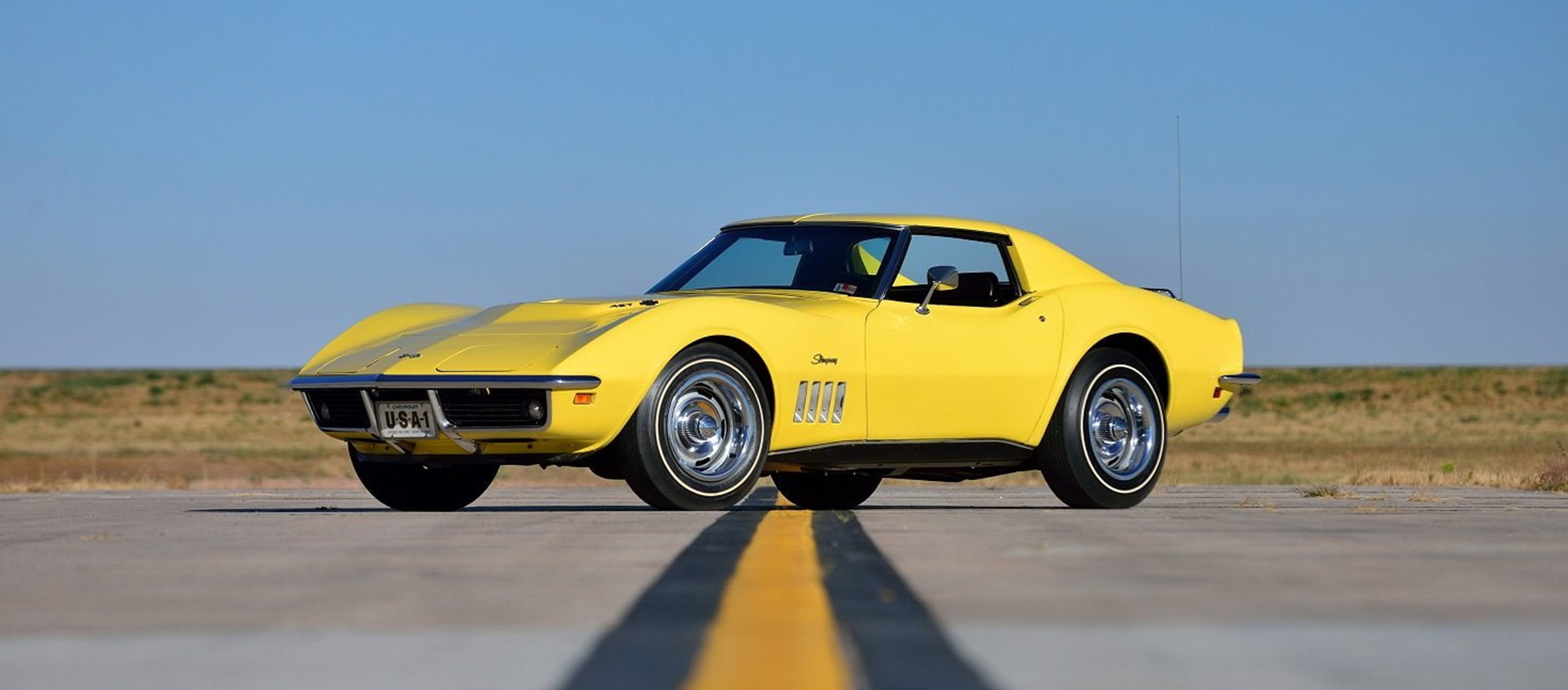
The front-engine, rear-wheel-drive layout follows conventional engineering principles, making most maintenance procedures intuitive.
The car’s popularity among performance enthusiasts means that upgrade paths are well-established, allowing restorers to enhance performance while maintaining reliability.
The parts ecosystem surrounding C3 Corvettes is remarkably complete, with reproduction components available for virtually every aspect of the car. From interior upholstery kits to complete suspension packages, restorers can source factory-correct or upgraded components without extensive searching.
This parts availability extends to cosmetic elements like emblems, trim pieces, and lighting components, allowing for complete aesthetic restorations.
The Corvette community represents one of the most organized and helpful classic car cultures, with model-specific forums, clubs, and publications offering technical guidance and moral support.
Annual events like “Corvettes at Carlisle” provide opportunities to connect with fellow enthusiasts and specialized vendors, creating a supportive ecosystem for DIY restorers.
Also Read: 12 Minivans Equipped With the Best Child Safety Features
5. MGB (1962-1980)
The MGB stands as Britain’s most accessible sports car export and offers an ideal entry point into European classic car restoration.
Produced from 1962 to 1980 with over half a million units manufactured, this charismatic roadster (and later GT coupe) exemplifies the simple, lightweight British sports car philosophy that prioritized handling finesse over brute power.
The MGB’s enduring popularity stems from its balanced performance, straightforward mechanicals, and the quintessentially British open-top driving experience it delivers.
What makes the MGB particularly suited to DIY restoration is its conventional front-engine, rear-wheel-drive layout coupled with a unibody construction that’s more straightforward than many of its contemporaries.
The car’s relatively generous proportions (compared to other British sports cars like the Spitfire or Midget) provide reasonable access to components, making maintenance less of a contortionist’s exercise.
The MGB’s inline-four engine, while not powerful by modern standards, offers reliability when properly restored and maintained.
The parts situation for MGBs is exceptional, with multiple suppliers offering everything from complete body shells to the smallest clips and fasteners. This robust supply chain means that virtually no part is unobtainable, eliminating one of the most significant challenges in classic car restoration.
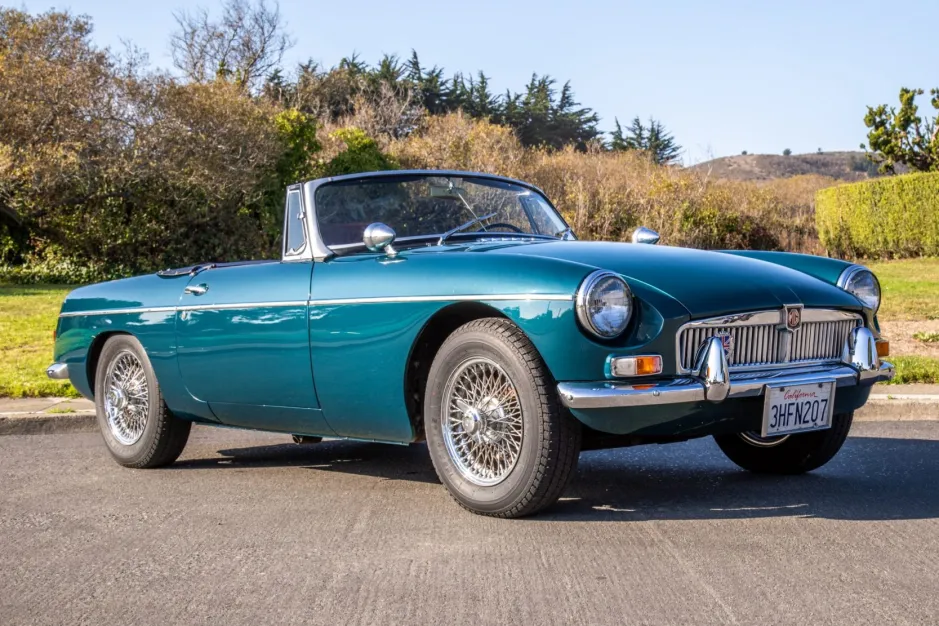
The interchangeability of components across production years further enhances this advantage, with many mechanical parts remaining consistent throughout the model’s 18-year production run.
The MGB benefits from one of the most comprehensive support networks in the classic car world. National and regional clubs provide technical assistance, social events, and often, mentorship opportunities for novice restorers.
Detailed workshop manuals, both factory and aftermarket, document every aspect of the car’s construction and maintenance. Online forums dedicated specifically to MGB restoration offer real-time troubleshooting assistance from experienced owners.
Rust represents the primary challenge in MGB restoration, particularly in the sills, floors, and rear spring mounting points all critical structural areas.
However, the availability of repair panels and even complete replacement bodyshells makes addressing corrosion feasible for home restorers with basic welding skills.
The MGB’s simple electrical system, while notoriously British in its quirks, remains comprehensible without specialized diagnostic equipment.
6. Porsche 911 (1964-1989)
The Porsche 911, with its distinctive silhouette and rear-engine layout, represents one of the most enduring designs in automotive history.
The air-cooled models, spanning from 1964 through 1989 (and technically until 1998 with the 993), offer DIY restorers a challenging yet immensely rewarding project that combines German engineering excellence with genuine motorsport heritage.
These early 911s maintain a mechanical purity and driving experience that later water-cooled models cannot replicate.
The appeal of restoring an air-cooled 911 lies partly in its mechanical consistency despite continuous evolution, the fundamental engineering principles remained unchanged for decades.
The horizontally opposed six-cylinder engine, rear-mounted for exceptional traction, offers a distinctive character and sound that defines the Porsche experience.
While more complex than some restoration candidates, the 911’s engine is logically designed and built to exceptional standards, making it durable even under amateur maintenance.
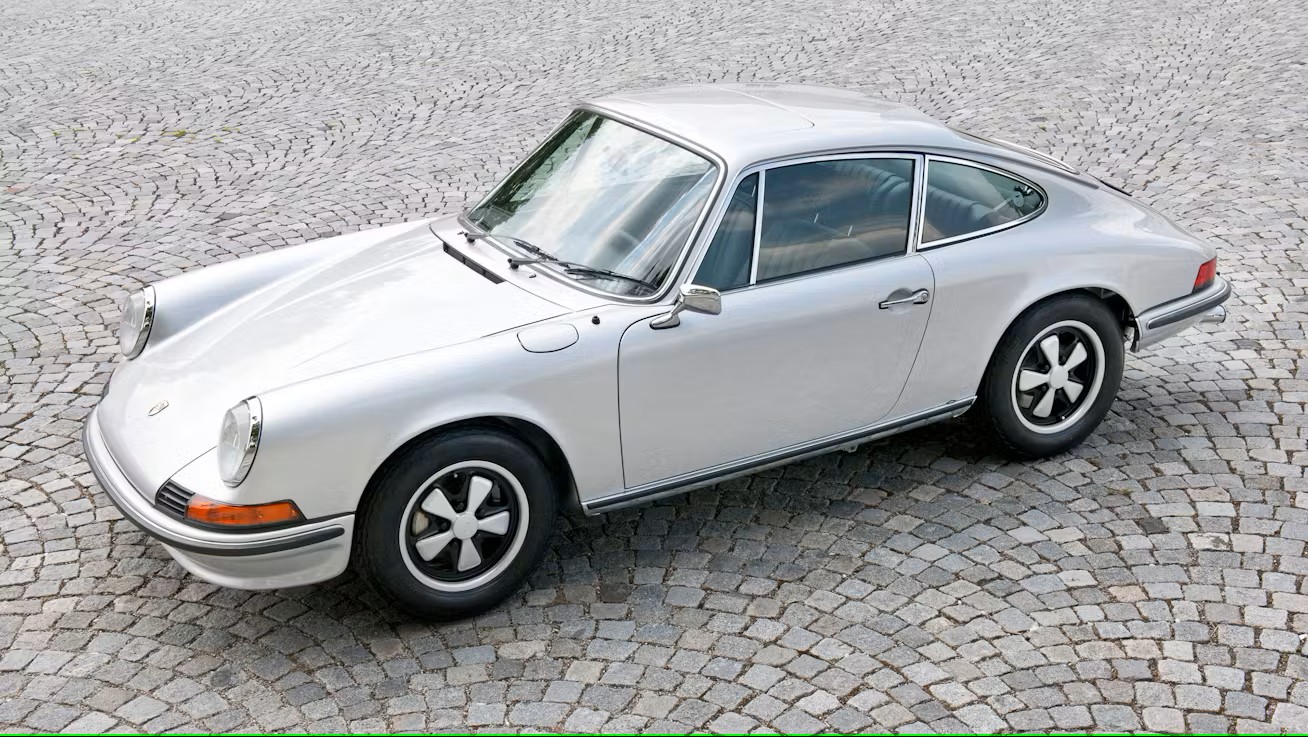
Parts availability for classic 911s has improved dramatically in recent years, with Porsche’s Classic division offering factory-correct components for heritage models.
This factory support, combined with a robust independent parts ecosystem, means that virtually every component remains available, though often at premium prices reflecting the car’s market position.
The interchangeability of many components across model years provides additional flexibility for restorers working within budget constraints.
The global community surrounding vintage Porsche restoration is exceptionally knowledgeable and supportive, with model-specific forums offering guidance through complex procedures.
Specialized independent shops often provide consultations or troubleshooting assistance for DIY restorers tackling more challenging aspects of these sophisticated machines.
The 911’s continuous development means that reliability upgrades can be thoughtfully integrated without compromising the car’s character.
Financial considerations make early 911 restoration both challenging and potentially rewarding. While project cars have appreciated significantly, a properly restored example particularly special models like the Carrera RS or limited editions can represent a sound investment when restoration costs are carefully managed.
The 911’s cultural significance ensures that well-executed examples will always command attention from enthusiasts and collectors alike.
7. Datsun 240Z (1970-1973)
The Datsun 240Z revolutionized the sports car market upon its 1970 introduction, offering European performance and styling at a fraction of the cost.
This sleek fastback coupe, with its long hood and short deck proportions, established Japanese manufacturers as serious contenders in the performance car segment.
The original 240Z (1970-1973) remains the most sought-after of the first-generation Z-cars, though the similar 260Z and 280Z models offer comparable restoration experiences.
What makes the 240Z particularly appealing for DIY restoration is its thoughtful engineering that balances performance with serviceability.
The front-engine, rear-wheel-drive layout follows classical sports car design principles, while the overhead-cam inline-six engine provides accessible performance with reasonable complexity.
The car’s unibody construction, while requiring attention to structural integrity during restoration, offers a rigid platform that contributes to the Z’s renowned handling capabilities.
The restoration world for early Z-cars has improved dramatically in recent years, with specialized suppliers now offering reproduction parts that were previously unavailable.
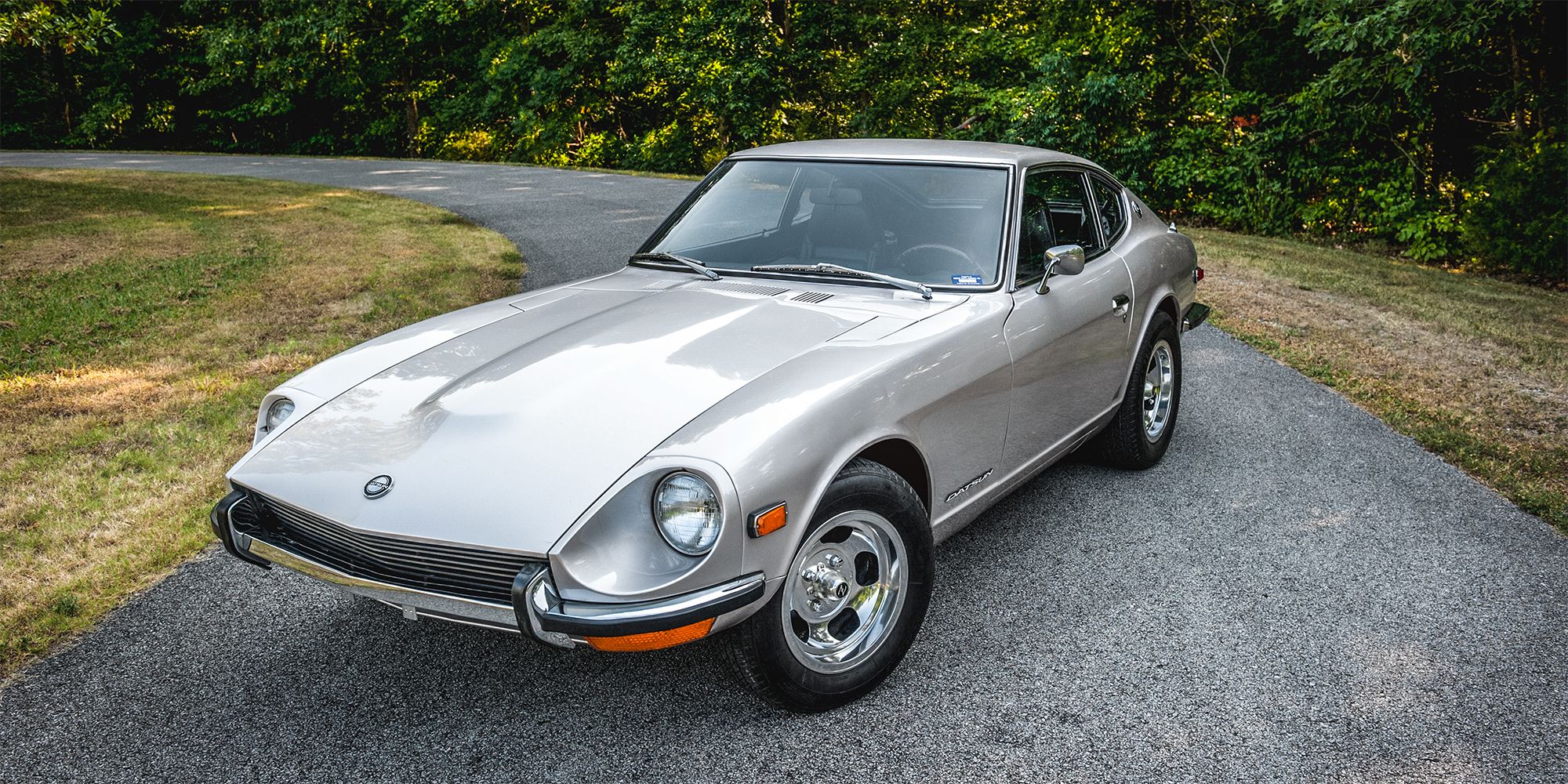
From body panels to interior components, the parts ecosystem has matured to support comprehensive restorations.
This development coincides with rising market values that now justify the investment required for proper restoration. While not as extensively supported as some American classics, the Z-car parts situation continues to improve as these vehicles gain recognition as significant historical models.
The global Z-car community provides exceptional support for DIY restorers through dedicated forums, clubs, and social media groups. This collective knowledge base offers solutions to model-specific challenges and guidance through the restoration process.
The car’s global popularity means that restoration techniques have been refined across different markets, creating a rich resource for newcomers to draw upon.
Rust represents the primary challenge in Z-car restoration, with these models being particularly vulnerable around the battery tray, floor pans, rocker panels, and structural rails.
Addressing corrosion requires careful assessment during the purchase phase, as extensive structural rust can significantly increase restoration complexity and cost.
The availability of repair panels has improved, though complete replacement body shells remain unavailable, unlike some other restoration favorites.
8. Triumph TR6 (1968-1976)
The Triumph TR6 represents the last of the traditional British roadsters, combining rugged good looks with a driving experience that epitomizes the analog sports car era.
Produced from 1968 to 1976, the TR6 featured distinctive Karmann-styled bodywork wrapped around proven TR-series mechanicals.
With its 2.5-liter inline-six engine producing a respectable 104-150 horsepower (depending on market and specification), the TR6 delivered a performance that remains engaging on modern roads while maintaining accessible service requirements.
What makes the TR6 particularly suitable for DIY restoration is its body-on-frame construction, which allows the body to be separated from the chassis when necessary for comprehensive restoration.
This construction method facilitates phased restoration approaches, where mechanical systems can be rebuilt while body restoration progresses separately.
The TR6’s relatively simple mechanical layout with carburetor fuel delivery, non-power-assisted drum/disc brakes, and manual steering presents a few specialized diagnostic challenges.
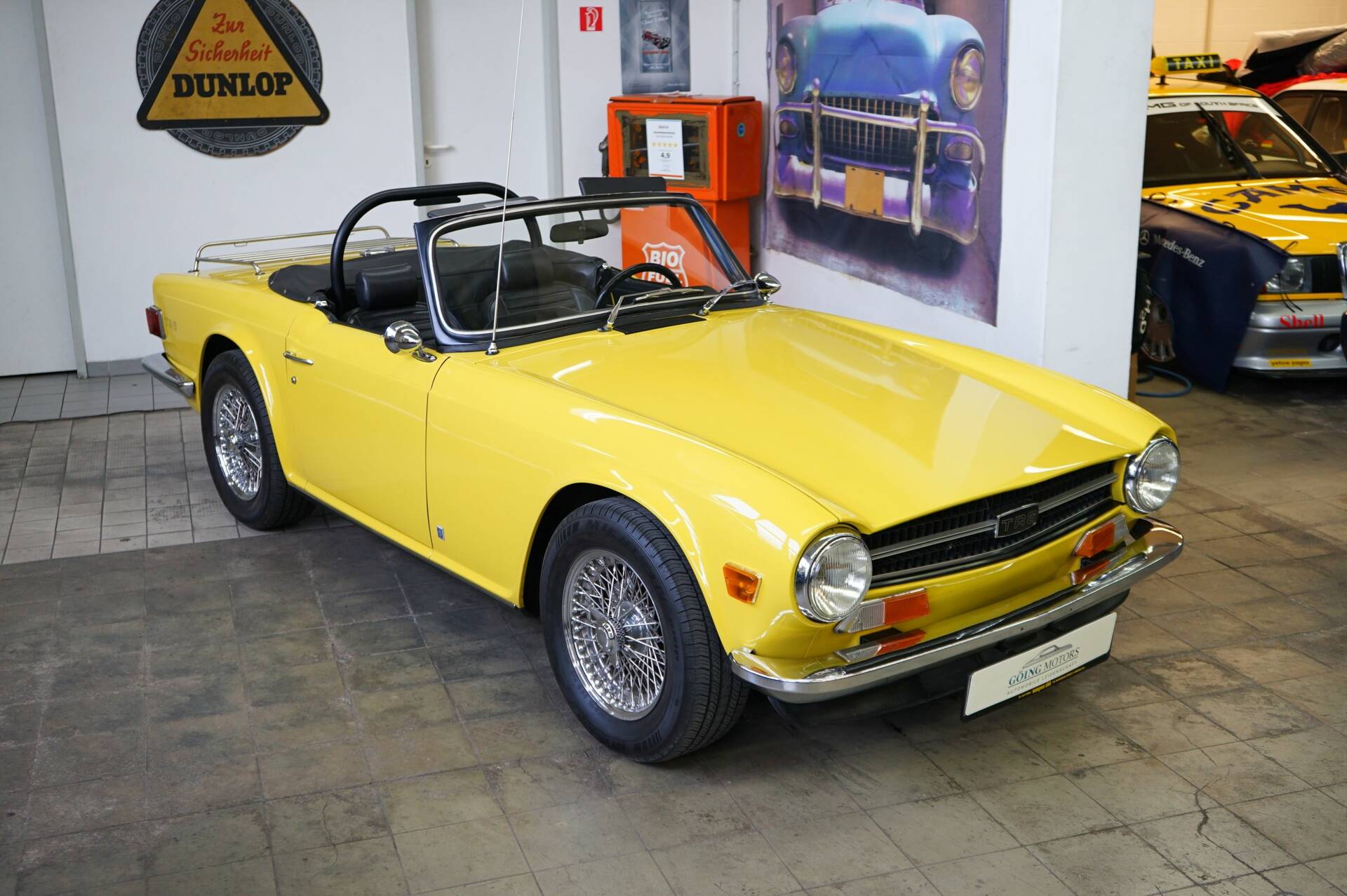
Parts availability for the TR6 is excellent, with multiple suppliers offering components ranging from complete body panels to the smallest trim pieces.
This robust supply chain reflects the model’s enduring popularity and the approximately 94,000 units produced during its eight-year production run.
New old stock (NOS) components occasionally surface, providing options for concours-level restorations, while quality reproduction parts support more budget-conscious projects.
The TR6 benefits from a well-established restoration community, with numerous clubs, forums, and specialized publications offering technical guidance and moral support.
This collective knowledge base has identified common failure points and developed effective solutions, creating well-documented restoration pathways.
Annual events bring together TR6 enthusiasts, providing opportunities to examine exceptional examples and connect with specialized vendors.
Like most British cars of its era, the TR6 suffers from rust vulnerability, particularly in the chassis rails, floor pans, and body mounting points.
Proper inspection during the purchase phase remains critical, as structural rust can significantly increase restoration complexity.
Electrical gremlins represent another traditional British car challenge, though the TR6’s relatively simple wiring harness remains comprehensible without specialized diagnostic equipment.
9. Jeep CJ-5 (1954-1983)
The Jeep CJ-5, with its unmistakable silhouette and go-anywhere capability, represents one of the most iconic and enduring vehicles in American automotive history.
Produced from 1954 through 1983, the CJ-5’s nearly three-decade production run resulted in widespread availability and a mechanical evolution that incorporated improvements while maintaining fundamental simplicity.
Based on the military M38A1, the civilian CJ-5 combined rugged construction with versatility that appealed to farmers, outdoor enthusiasts, and everyday drivers seeking something different from conventional automobiles.
What makes the CJ-5 particularly well-suited for DIY restoration is its straightforward body-on-frame construction and mechanical simplicity. The separate chassis and body design allows restorers to address structural and cosmetic issues independently, often simplifying the restoration process.
The vehicle’s utilitarian nature means that perfect cosmetics are less critical than in more glamorous classics a CJ-5 with some patina and battle scars often holds more authentic appeal than an over-restored example.
Parts availability for the CJ-5 is nothing short of exceptional, with aftermarket support rivaling even the most popular muscle cars. From complete reproduction body tubs to the smallest trim pieces, virtually every component remains available new.
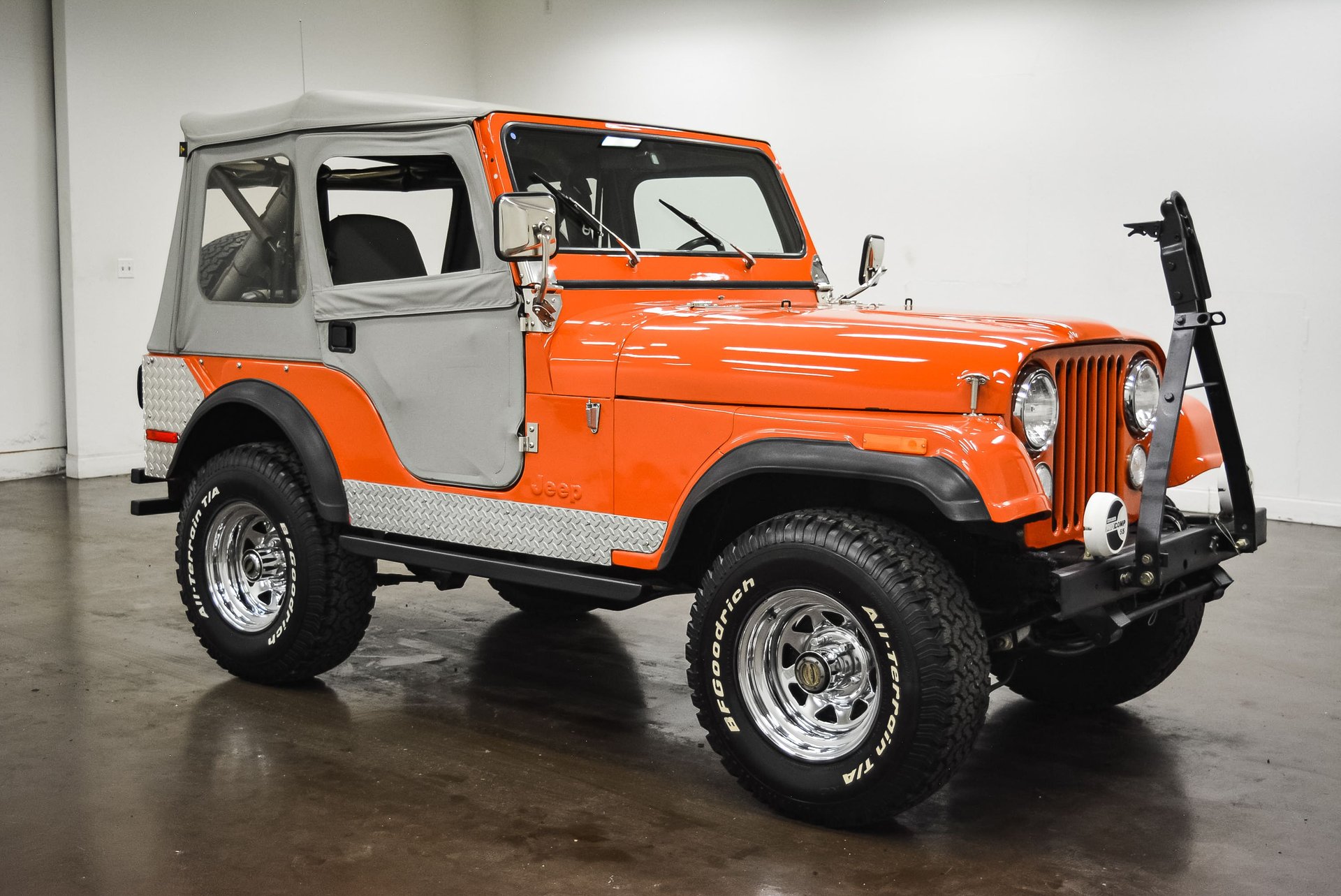
This parts ecosystem extends beyond simple replacement components to include upgrades that enhance capability while maintaining period-correct appearance.
The interchangeability of many components across production years provides additional flexibility for restorers working within budget constraints.
Mechanically, most CJ-5s feature inline-four or inline-six engines that represent some of the most durable and straightforward powerplants ever produced.
The AMC 258 six-cylinder, in particular, is renowned for its longevity and torque characteristics that complement the Jeep’s off-road mission.
The manual transmissions and transfer cases, while robust, follow conventional design principles that remain approachable for DIY mechanics. The solid axles front and rear utilize serviceable technology that has changed little in fundamental design over decades.
The Jeep community represents one of the most helpful and enthusiastic sectors of the automotive hobby, with dedicated forums, clubs, and events supporting restoration efforts.
Technical guidance is readily available through both online resources and comprehensive service manuals, many of which have been continuously in print since the vehicle’s production era.
10. Chevrolet C10 Pickup (1967-1972)
The 1967-1972 Chevrolet C10 pickup represents the sweet spot in classic truck restoration, combining timeless styling with engineering that bridges the gap between vintage character and modern usability.
Part of GM’s “Action Line” series, these trucks featured a major redesign that introduced a more comfortable cabin, improved suspension geometry through trailing arm rear suspension, and refinement that made them more suitable for dual-purpose use as both work vehicles and daily transportation.
What makes these C10 pickups particularly appealing for DIY restoration is their incredibly accessible design.
The body-on-frame construction allows separate attention to structural and cosmetic concerns, while the spacious engine bay accommodates the small-block and big-block Chevrolet V8 engines that powered most examples.
The mechanical systems follow conventional automotive engineering principles, with a front engine, and rear-wheel drive layout that remains intuitive to service and repair.
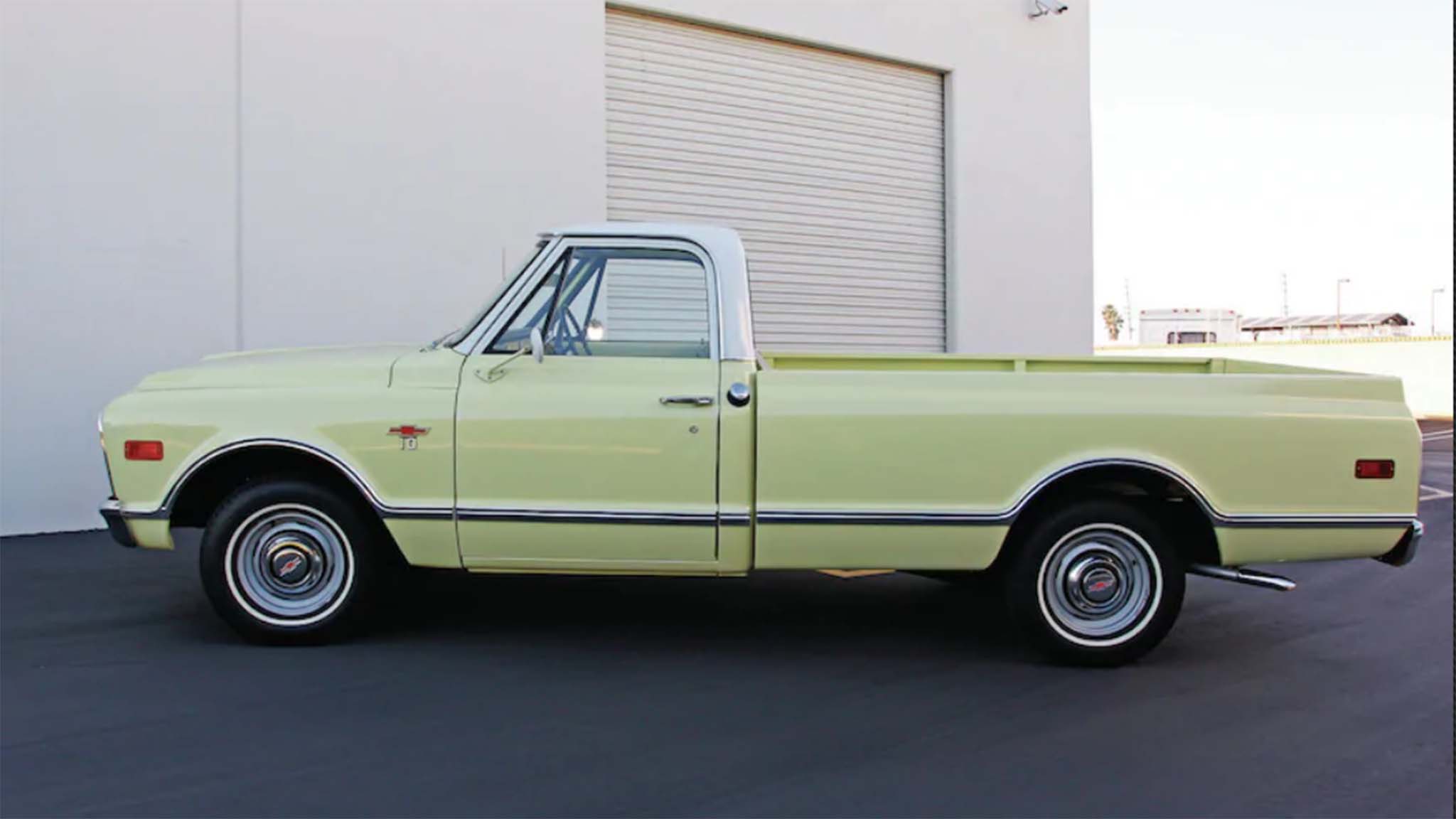
The parts situation for the 1967-1972 C10s has improved dramatically in recent years, with reproduction suppliers now offering virtually every component needed for a comprehensive restoration.
From complete cab assemblies and bedsides to the smallest trim pieces and interior components, the parts ecosystem supports projects ranging from factory-correct restorations to tastefully modified examples.
The trucks’ popularity with the restomod community has further expanded available options, with numerous aftermarket companies offering modern suspension, braking, and comfort upgrades that can be integrated while maintaining a period-correct appearance.
Unlike many classics that were pampered from new, these trucks often lived hard working lives, creating restoration challenges related to accumulated damage rather than neglect.
Common issues include cab corner rust, floor pan corrosion, and frame damage from overloading or accidents. However, the model’s fundamentally robust construction means that even severely deteriorated examples can be viable restoration candidates given sufficient commitment and resources.
The C10 community has grown exponentially in recent years, with dedicated forums, social media groups, and events providing exceptional support for DIY restorers. This network offers solutions to model-specific challenges and guidance through each phase of the restoration process.
The truck’s utilitarian origins mean that less-than-perfect cosmetics often enhance rather than detract from its authentic character, reducing the pressure for concours-quality finishes.
11. Alfa Romeo Spider (1966-1994)
The Alfa Romeo Spider, immortalized in American popular culture through “The Graduate” film, combines Italian design flair with a driving experience that prioritizes engagement over raw power.
The long-running Spider, particularly the early “boat-tail” Duetto models through the Series 2 examples, offers DIY restorers the opportunity to preserve automotive art while experiencing the distinctive character of Italian engineering.
Production spanning from 1966 through 1994 (with minimal fundamental changes) ensures reasonable parts availability and widespread mechanical knowledge.
What makes the Spider appealing for home restoration is its relatively straightforward mechanical layout combined with design details that reward preservation efforts. The car’s unibody construction, while requiring attention to structural integrity, follows logical engineering principles.
The aluminum twin-cam engine, while sophisticated for its era, remains approachable for DIY mechanics willing to learn its peculiarities. The front-engine, rear-wheel-drive layout follows classical sports car design principles, with most components accessible without specialized equipment.
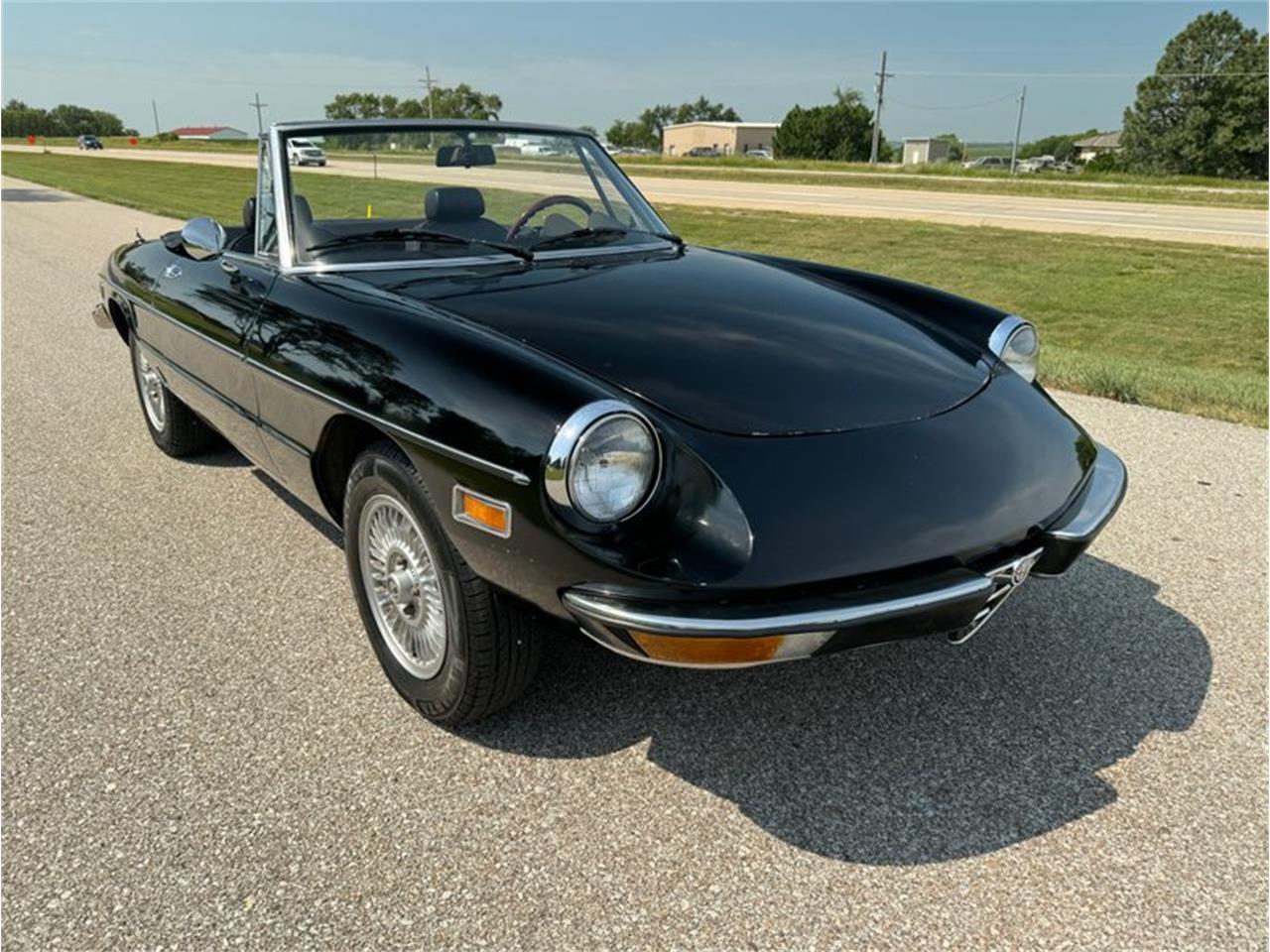
The parts ecosystem for classic Spiders has improved significantly in recent years, with specialized suppliers offering components ranging from body panels to engine rebuilding kits.
While not as comprehensively supported as some American classics, the Spider’s enduring popularity ensures that most mechanical and many cosmetic components remain available.
The interchangeability of many parts across production years provides additional flexibility, particularly for projects that prioritize driving enjoyment over absolute originality.
The global Alfa Romeo community offers exceptional technical support through dedicated forums, clubs, and specialized publications. This collective knowledge base has identified common failure points and developed effective solutions, creating well-documented restoration pathways.
The marque’s passionate following means that expert advice is often freely shared with newcomers embarking on their first restoration project.
Rust represents the primary challenge in Spider restoration, with these Italian classics being particularly vulnerable around the rocker panels, floor pans, trunk floor, and suspension mounting points.
Proper inspection during the purchase phase remains critical, as structural corrosion can significantly increase restoration complexity and cost. The availability of repair panels has improved, though complete replacement body shells remain unavailable.
12. Ford Bronco (1966-1977)
The first-generation Ford Bronco, produced from 1966 to 1977, has experienced a remarkable resurgence in popularity, transforming from a utilitarian off-roader to a highly sought-after collector vehicle.
Created as Ford’s answer to the Jeep CJ and International Scout, the original Bronco combined compact dimensions with genuine off-road capability and distinctive styling that has aged exceptionally well.
These early Broncos offered a compelling blend of ruggedness and civility that continues to attract enthusiasts seeking classic 4×4 experiences.
What makes the first-generation Bronco particularly suitable for DIY restoration is its straightforward body-on-frame construction and mechanical simplicity. The separate chassis and body design allows restorers to address structural and cosmetic issues independently, often simplifying the restoration process.
The vehicle’s boxy design features flat panels that are less complex to repair or replace than the compound curves found in many classics. The removable hardtop on many examples allows phased restoration approaches, with top, body, and chassis work potentially progressing as separate sub-projects.
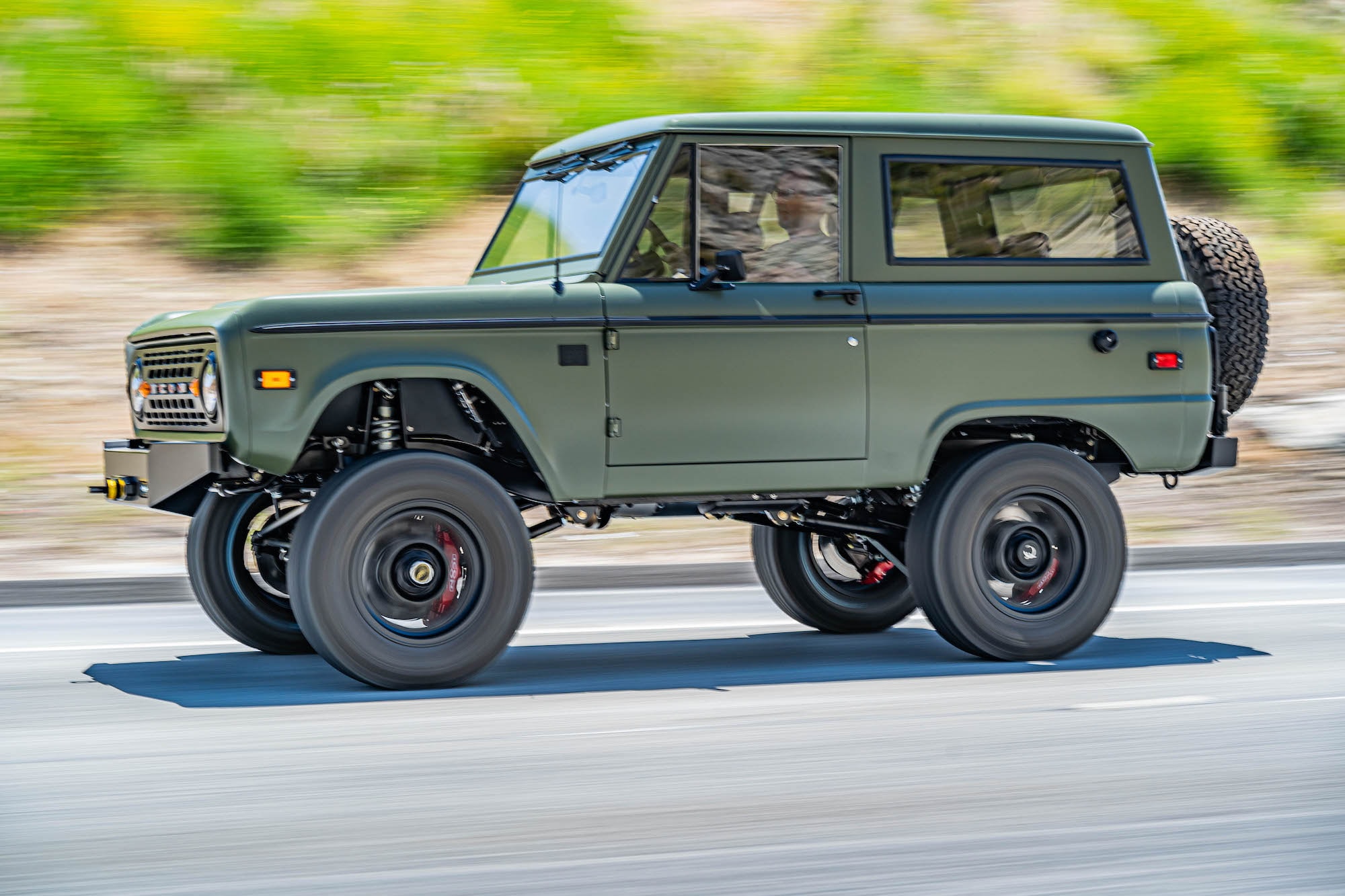
Parts availability for early Broncos has expanded dramatically alongside their market appreciation, with numerous suppliers now offering everything from complete reproduction body panels to the smallest trim pieces.
This parts ecosystem supports both factory-correct restorations and tastefully modified examples, with aftermarket companies providing suspension, powertrain, and comfort upgrades that enhance capability while maintaining period-correct appearance.
The interchangeability of many components with other Ford vehicles of the era provides additional sourcing options.
Mechanically, most early Broncos feature inline-six or V8 engines that follow conventional engineering principles, with front-mounted engines and solid axles front and rear.
The simplicity of these systems typically featuring carbureted fuel delivery, non-power-assisted brakes, and basic electrical systems allows DIY restorers to complete most work without specialized diagnostic equipment.
The model’s popularity in the off-road community has led to well-documented modification paths that can enhance reliability and performance without compromising character.
The global Bronco community provides exceptional support through dedicated forums, clubs, and events focused specifically on these vehicles. This network offers solutions to model-specific challenges and guidance through each phase of the restoration process.
The Bronco’s functional nature means that less-than-perfect cosmetics often enhance rather than detract from its authentic character, reducing the pressure for concours-quality finishes.
Also Read: 10 Affordable Cars With Industry-Leading Airbag Systems

